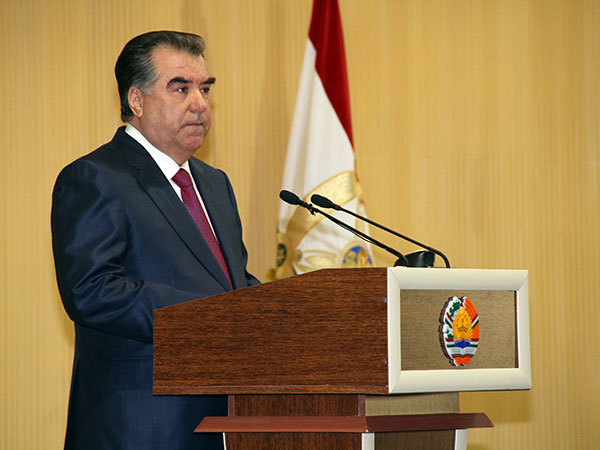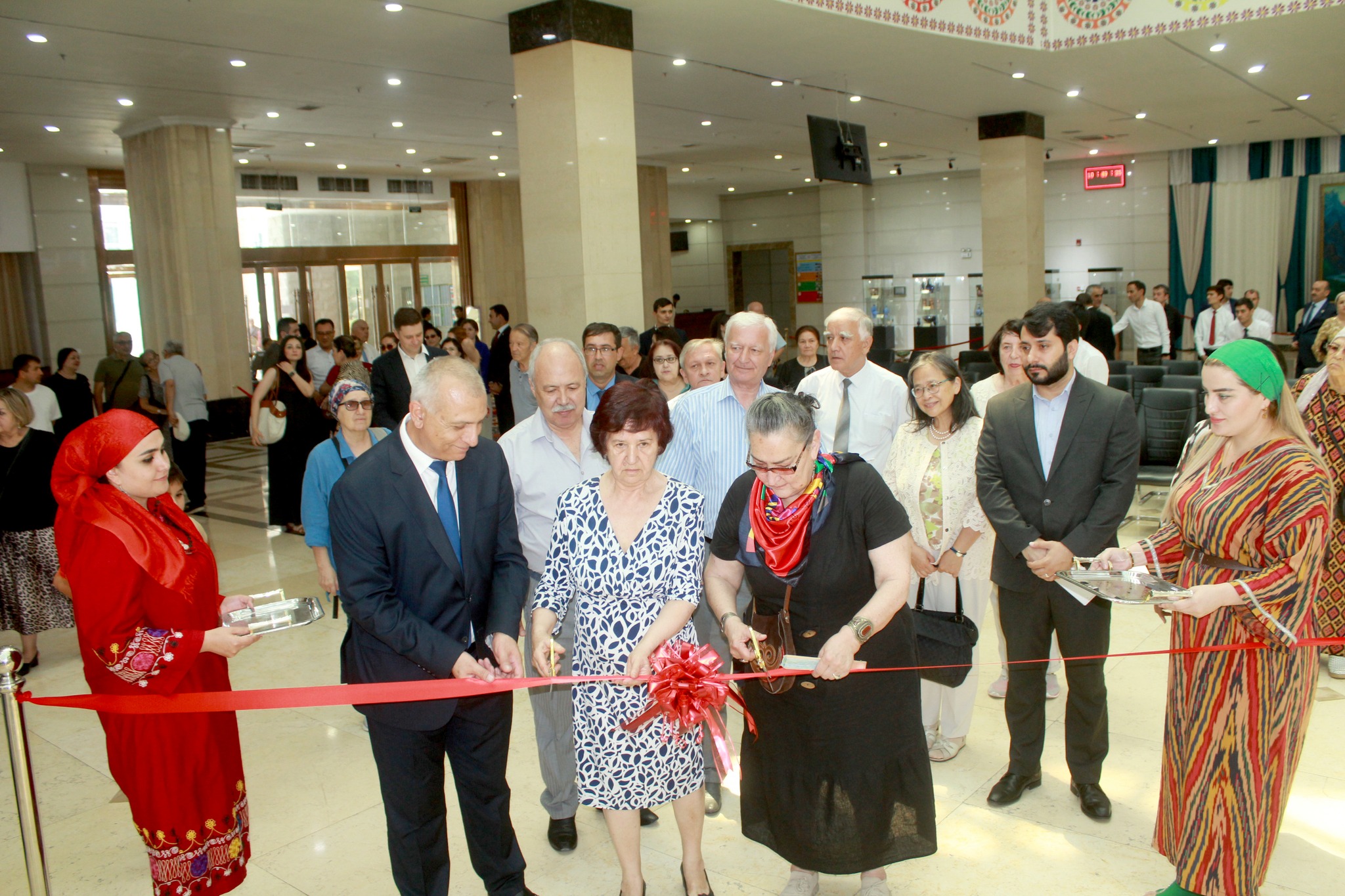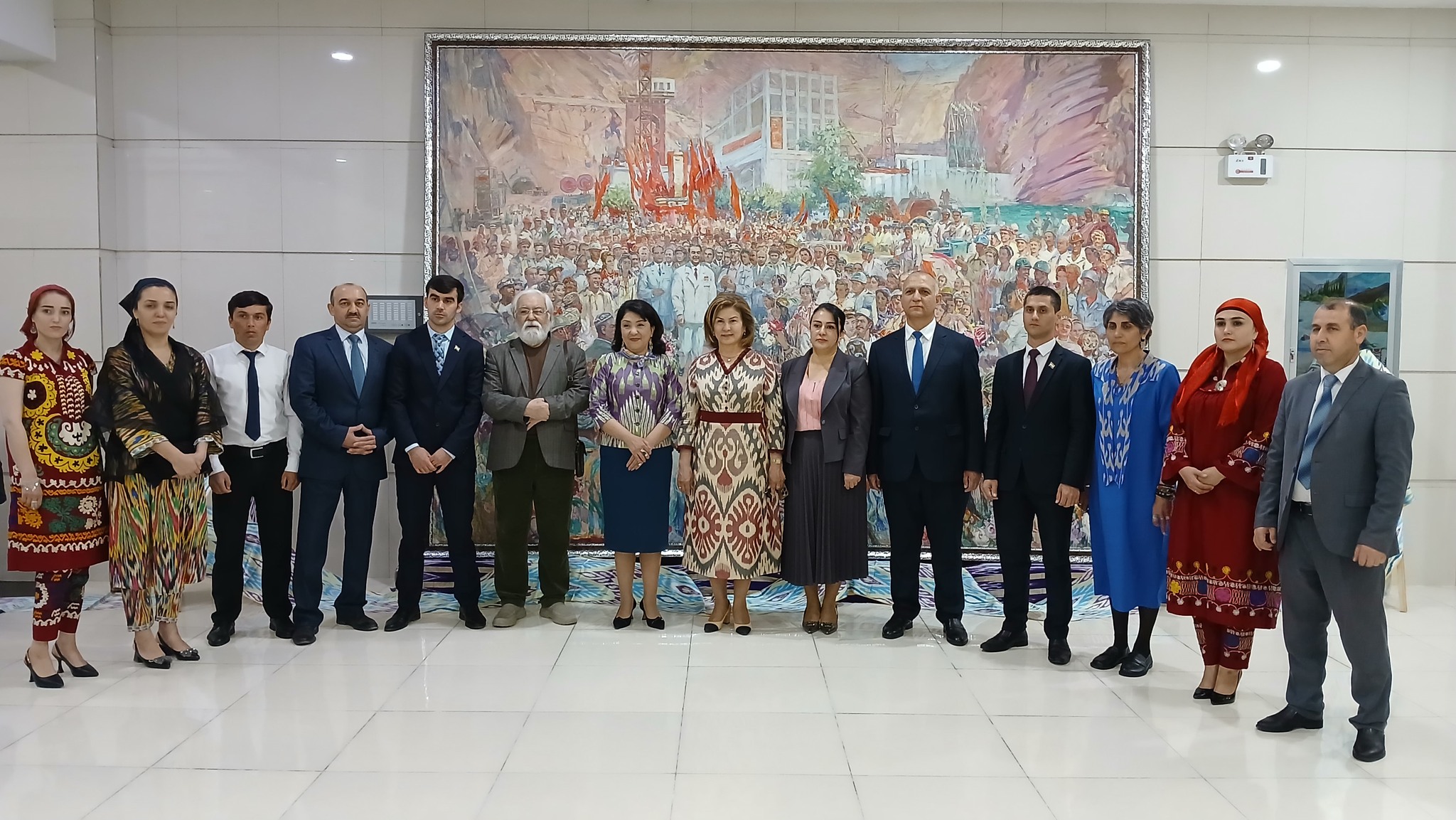National Museum of Tajikistan
Speech at the opening ceremony of the National Museumand meeting with the country’s intelligentsia

News and Events

The Leader of the Nation presented a valuable gift to the National museum

And more exciting news! A inscribed vessel discovered at the Halqajar site!

Сommencement of archaeological work at the Halkadjar site

‘NIGHT AT THE MUSEUM – 2025’.

Meeting with the Ambassador Extraordinary and Plenipotentiary of the Republic of Tajikistan

Visit of the hall “Global initiatives of the Republic of Tajikistan in the field …

The Embassy of the Republic of Tajikistan …

Tajikistan’s delegation of science and culture representatives visited the historical monuments of Samarkand.

Presentation of Gifts to the House-Museum of Sadriddin Ayni in Samarkand

The International Conference, titled “То тавони дӯстонро гум макун” was held in Samarkand.

Sada – a festival revived during independence.

Results of the National Museum’s activities in 2024 and tasks for 2025

Museum in numbers
Visitors
Domestic
Foreign
Exhibitions and events

Opening of the festive exhibition “Vahdatnigor”

Opening of the international exhibition “Memory of Hafez” at the National museum

Opening of the exhibition “Roghun – Palace of Light” at the National Museum

The opening of the “Return” exhibition at the National Museum

Opening of the National Museum exhibition within the framework of …

Visit of religious figures, heads of religious departments …

Visit of the hall “Global initiatives of the Republic of Tajikistan …

Glaciers – Tajikistan’s Priceless Treasure
The Course of Archaeological Excavations at the Halkajar site
The manuscript “Masnavi Ma’navi” by Jalaluddin Balkhi is one of the rare manuscripts featured in the “Written Heritage” hall of the National Museum. This hall showcases numerous examples of calligraphy, manuscripts, and historical documents. The manuscript is written on fine paper using beautiful Nastaliq script and measures 29×21 cm.
The manuscript was rewrited on the 25th day of the month of Rajab in the year 1267 Hijri, which corresponds to May 26, 1851, in the Gregorian calendar, in the city of Bukhara. The text of the “Masnavi Ma’navi” is recorded in four columns, with 17 lines on each page.The first two and the last sheets of the manuscript are decorated on both sides with botanical ornaments, executed with great skill.

High level guests

Mohammad Reza Arif

Wang Yi

Sergei Shoigu

Gurbanguly Berdimuhamedov

Sooronbay Jeenbekov

Mamnoon Hussain

Vladimir Norov

Mamnoon Hussain

Park Hyun Sook

Gede Vali

Eldar Azizov

Reza Deghati
Museum Collections

CERAMICS

GULDUZI

KANDAKORI (CARVING)

KUNDAL

RUSSIAN ARTISTS

TAJIK ARTISTS

QALAMQASHI (PENCIL DRAWING)

ZARGARI (JEWELRY)







